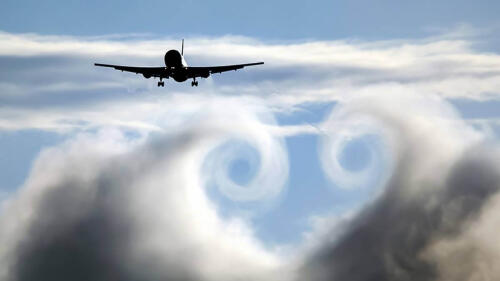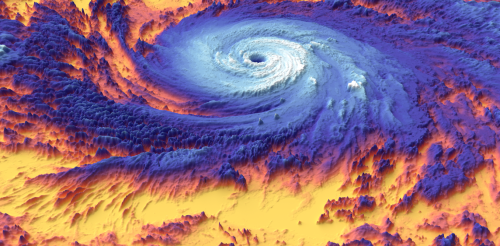Turbulence
A Qatar Airways flight has encountered turbulence above Turkey, injuring 12 passengers and crew. The flight from Doha to Dublin landed safely after the episode, which caused people to “hit the roof” of the plane. The news comes just five days after the death of a British passenger and injuries to 104 others after a Singapore Airlines flight hit sudden turbulence above Myanmar, causing it to dramatically lose altitude. We know turbulence is a common part of flying – but are some routes more prone? And where is it the worst? What is turbulence? Turbulence is felt when a plane flies through relatively disturbed air, which is responsible for “abrupt sideways and vertical jolts”, according to Australia’s Civil Aviation Safety Authority. Turbulence is the leading cause of in-flight injuries to crew and passengers. The agency defines eight types of turbulence, including thunderstorm, thermal, frontal and &#...
When a hurricane hits land, the destruction can be visible for years or even decades. Less obvious, but also powerful, is the effect hurricanes have on the oceans. In a recent study, we show through real-time measurements that hurricanes don’t just churn water at the surface. They can also push heat deep into the ocean in ways that can lock it up for years and ultimately affect regions far from the storm. Heat is the key component of this story. It has long been known that hurricanes gain their energy from warm sea surface temperatures. This heat helps moist air near the ocean surface rise like a hot air balloon and form clouds taller than Mount Everest. This is why hurricanes generally form in tropical regions. What we discovered is that hurricanes ultimately help warm the ocean, too, by enhancing its ability to absorb and store heat. And that can have far-reaching consequences. How hurricanes draw energy from the ocean’s...

